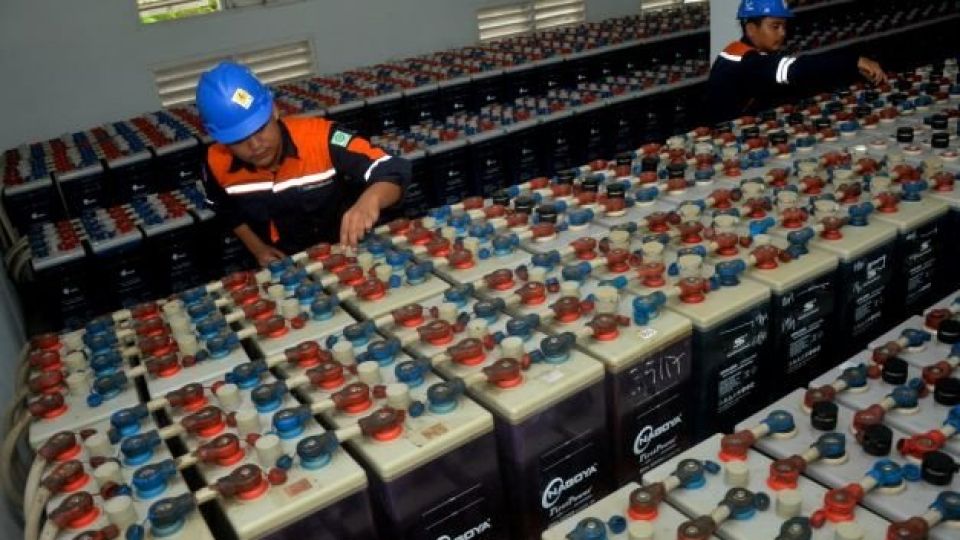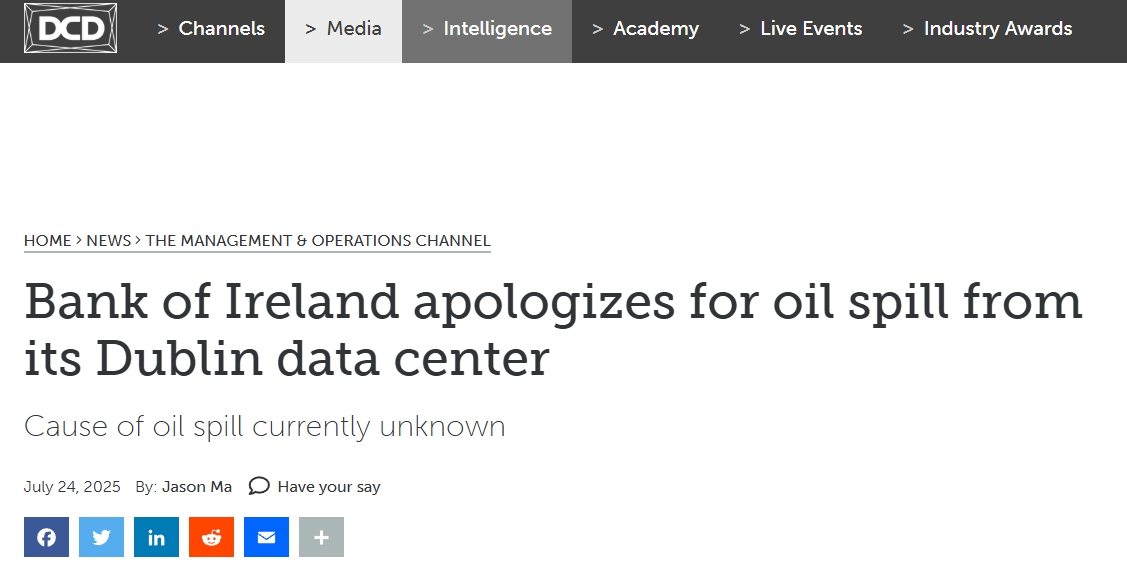JAKARTA – Mitigating climate change requires controlling carbon emissions, which can be supported by carbon trading and taxation. For example, the Energy and Mineral Resources Ministry has piloted a carbon trading market in 2021 with 32 coal-fired power plants conducting 28 transactions consisting of 42,455 tons of CO2.
However, the picture for carbon taxation looks gloomier. With its implementation plan already postponed twice this year, Indonesia may miss opportunities that are highly time-sensitive if it delays its carbon tax launch further.
Looking at the existing carbon taxes in Argentina, Canada, Chile, Colombia, Japan, Mexico, Singapore and Ukraine, the policy can serve many purposes.
First, it can account for the social cost of carbon emissions so that carbon-emitting activities more accurately reflect negative externalities to the environment and society. Using this objective, carbon tax can lower emissions without specifically being positioned to achieve a politically defined emissions reduction target.
Second, carbon tax can be leveraged to reach certain abatement levels, regardless of reflecting the social costs. Third, a carbon tax can generate fiscal revenue and support a general shift towards a greener economy. Here, the objective is more about gaining revenue and less about achieving certain emission reduction targets.
Lastly, imposing a carbon tax can be an important signal to the international community, usually in linking to benchmarks used by other countries, trading partners or trade competitors.
Achieving these different purposes requires a carbon tax that uses different calculations, which may result in different rates. While the government can target multiple benefits at the same time, the carbon tax must be designed for and accountable to one primary purpose.
Referring to Indonesia’s latest NDC submitted to the UN climate agency, the country needs around US$29 billion annually to achieve its unconditional NDC by 2030. If the
government were to fulfill this entirely through carbon tax, the annual rate would need to be set at $80.5 per ton, which is close to the rates in Finland and Norway. However, if the government’s financing responsibility is lower, then the rate could be adjusted down.
Above strictly fiscal calculations, several factors must be considered in determining the most sensible tax rate for both the industry and the country’s green transition plan.
First is dynamic rate setting to maintain the critical balance between the desired transition and the resulting tax base. A carbon tax rate that is too high might induce stronger migration from dirty sectors and quickly shrink both base and revenues.
Moreover, the often countercyclical interplay with monetary policy is also important to consider. A high carbon tax rate imposed on an economy still dominated by dirty businesses increases the possibility of inflation, dubbed greenflation, potentially forcing the central bank to raise interest rates. High interest rates, in turn, harm investments, including green investments. On the other hand, a low carbon tax rate may only generate meager fiscal revenue and be ineffective in dissuading firms from discontinuing dirty businesses.
In addition to incentivizing businesses to decarbonize, carbon tax revenue can be allocated as public funds for green transition efforts. This fund will enable the government to develop green infrastructure projects pertaining to the NDC or net zero targets, and provide subsidies in the form of tax rebates to accelerate the adoption of green products and services.
A major potential downside is unintended negative fiscal impacts as taxed dirty sectors start to wind down. Looking at the Finance Ministry’s annual budget composition, fiscal revenue from the dirty sectors of oil, gas, coal, minerals, forestry and palm oil amounted to a sizable 11 percent of total fiscal revenues in 2015-2020. The government must find ways to offset the drawback from a decline in carbon tax revenue to sustain its capability to finance the green transition.
This can be done by digitalizing public services to reduce government spending, taxing the informal sector and, more urgently, removing subsidies for dirty sectors. According to the government’s financial reports, fossil fuel subsidies averaged $8.4 billion
annually in the 2015-2020 period, or around a third of the annual financing ($29 billion) needed to achieve Indonesia’s 2030 unconditional NDC.
A sensible way to avoid incurring political costs from removing fossil fuel subsidies is through a subsidy swap, subsidizing renewable energy in sectors where it contributes to the direct replacement of fossil fuel.
Ultimately, the key question is how a carbon tax can reliably create meaningful and consistent progress toward Indonesia’s climate targets. In essence, a carbon tax is meant to reshape society’s mindset about the true cost of dirty sectors and drive the adoption of more sustainable products, services and behaviors. As no single policy can address all the inflationary and socioeconomic implications of carbon taxation, additional non-fiscal policies are needed to keep dirty sectors out permanently.
These may range from dirty investment blacklisting to dirty sales restriction, and from dirty insurance removal to stricter environmental standards for business permits. Still, a properly crafted carbon tax can be an effective trigger to set in motion these other non-fiscal decarbonization policies.
As this analysis suggests, the immediate step should be the government determining the primary purpose of its carbon tax, calculating the most sensible range of tax rate and developing a detailed investment plan for the tax revenue, a plan that is strategically aligned with Indonesia’s climate targets and economic transition pathways toward a low-carbon future.
These should be done quickly, because the longer the government postpones taxing carbon, the longer emissions will stay unregulated, derailing Indonesia’s trajectory even further from achieving its NDC.
With a shorter time left to achieve its NDC target, the government may need to compensate for its sluggish start by imposing a higher carbon tax rate, which would be even more politically challenging.








